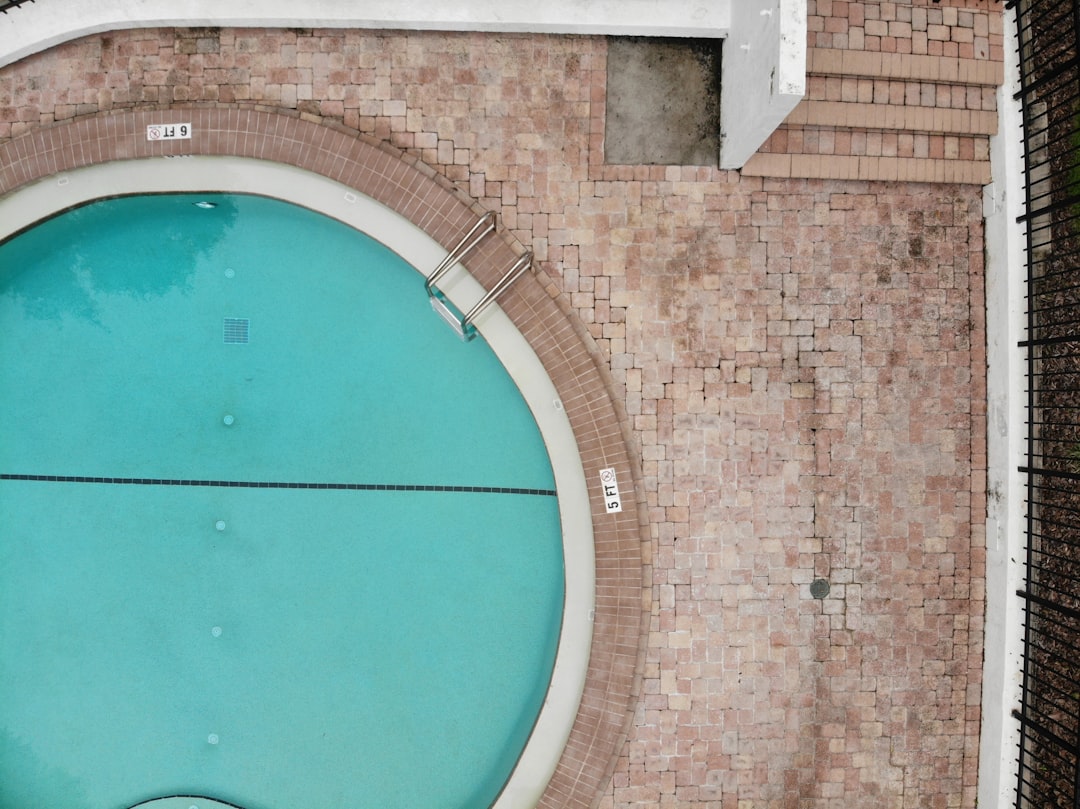
Replastering a pool is a significant investment for any property, with costs typically ranging from $4,500 to $10,000. For a standard 20,000-gallon in-ground pool, the average cost is around $6,800, including materials, labor, and preparation. Premium finishes like colored quartz or pebble aggregate can increase costs to $8,000–$12,000. Understanding these costs is crucial for construction professionals aiming to provide accurate estimates and maintain client satisfaction.
Several factors affect the cost of replastering a pool:
The surface area of the pool dictates the volume of materials needed. For example, a 12' x 24' rectangular pool might require 50 bags of plaster mix, while a lagoon-style pool of the same volume may need 15–20% more due to its curves and benches.
Standard marcite plaster costs approximately $4–$5 per square foot installed. Colored quartz ranges from $6–$7, and pebble aggregate can cost $9–$12. These premium finishes offer longer lifespans, reducing future maintenance needs.
Removing old plaster, acid washing, and repairing structural cracks add labor hours. Preparation can account for 20% to 35% of the total job cost.
In regions like the Sun Belt, demand peaks in spring, leading to higher costs. Conversely, Northeastern markets may offer discounts in late autumn. Staying informed about regional labor rates ensures accurate estimates.
Severe plaster issues like delamination or exposed gunite require immediate attention to prevent costly structural repairs. Evaluate urgency to plan budgets effectively.
In Jackson, MS, a quartz replastering project for an 18,000-gallon pool totaled $6,800, including materials, labor, and permits. The client received a detailed proposal within minutes, expediting the project timeline.
For construction professionals, understanding the intricacies of pool replastering costs is essential. By leveraging accurate data and strategic planning, you can deliver high-quality results while managing budgets effectively. Visit CountBricks.com for more insights.

The Morgan family in Atlanta faced peeling plaster in their 10-year-old pool. Using the CountBricks app, they quickly assessed the situation:
The initial estimate was $8,950, but scheduling during an off-peak period reduced the cost to $8,328.
1. The estimate converted into a task schedule, coordinating crews efficiently.
2. Material orders were locked in with local suppliers.
3. Daily updates kept the Morgans informed through the client portal.
For a seamless pool replastering experience, leverage AI tools and professional insights. Visit CountBricks.com to start your project today.